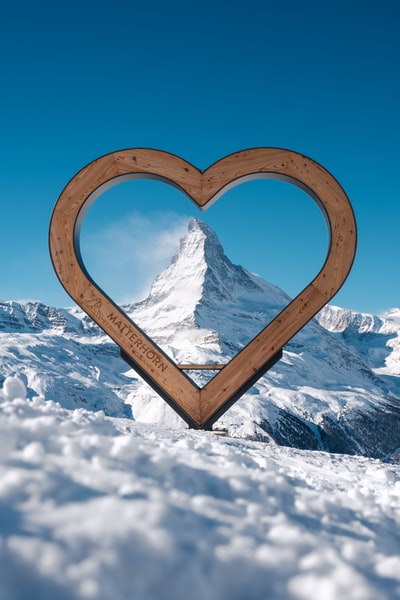The blood system, or circulatory system, consists of the heart and blood vessels. The purpose of this system is to transport oxygen, water and food molecules to the cells and remove waste products, like carbon dioxide, from the cells.
The Heart

Much of the heart wall is made from muscle, the majority of which is cardiac muscle. The muscle on the left side of the heart is noticeably thicker than that on the right side. This is because it’s the left side of the heart that pumps the oxygenated blood all around the body. The right side, on the other hand, only pumps blood to the lungs in order to collect oxygen.
NOTE: You don’t need to know about the cardiac cycle.
Structure of the Heart
The human heart is made up of four cavities called chambers. Two of these chambers are located in the top half of the heart and are called atria: the right atrium and the left atrium. The other two chambers are located in the lower half of the heart and are called ventricles: the right ventricle and the left ventricle.
——————————————————
HIGHER TIER
- Oxygen debt:
The reason why less energy is release during anaerobic respiration compared to aerobic is that the glucose is not broken down completely.
Oxygen debt is caused by anaerobic respiration. It refers to the additional oxygen needed by the body after exercise in order to oxidise the waste product, lactic acid. The lactic acid needs to be broken down into carbon dioxide and water. This explains why, after a lot of exercise, you still need to breathe deeply for a while afterwards.